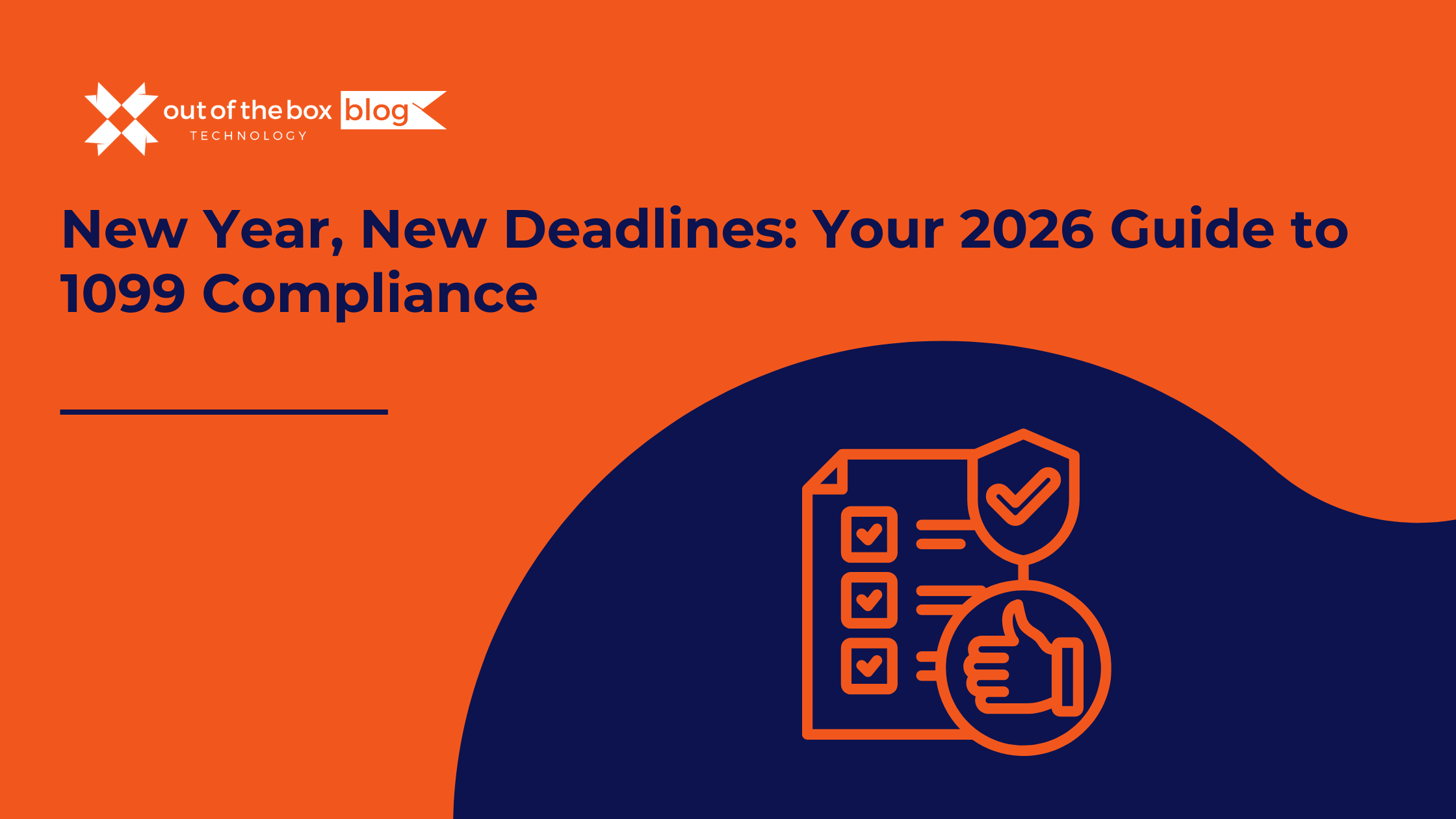For many businesses, especially those in the service industry, tracking billable hours is essential to maintaining profitability, managing client relationships, and ensuring accurate financial records. But what exactly are billable hours, how do you track them effectively, and why is it so crucial for your bookkeeping process?
This comprehensive guide covers everything you need to know about how to track billable hours, providing practical examples, tools, and best practices to streamline your bookkeeping operations.
What Are Billable Hours?
Billable hours refer to the time spent on tasks and services that you charge to a client. This concept is commonly used by:
- Consultants
- Lawyers
- Freelancers
- Accountants
- Agencies
- Designers
For example, if you’re a graphic designer and spend 10 hours creating a brand logo for a client, those 10 hours are considered billable.
Non-billable hours, on the other hand, include activities that are necessary for business operations but aren’t directly tied to a specific client project—like administrative tasks, internal meetings, or training sessions.
Why Is Tracking Billable Hours Important?
1. Accurate Invoicing
Accurate tracking of billable hours ensures your invoices reflect the actual work done for clients. This minimizes disputes over billing and improves client trust.
2. Profitability and Cost Management
Tracking billable hours allows you to understand how much time you’re spending on various tasks and whether your projects are profitable. If a project takes significantly more time than anticipated, you can adjust your pricing model or improve efficiency.
3. Project Management
Knowing where your team’s time goes helps in managing deadlines, distributing workloads, and planning future projects.
4. Legal and Ethical Compliance
For industries like law, accurate time tracking is not just best practice—it’s a requirement to stay compliant with legal standards and ethical guidelines.
How to Track Billable Hours Effectively
Tracking billable hours may seem straightforward, but doing it efficiently requires discipline, the right tools, and clear processes. Here’s a step-by-step approach to help you streamline your time tracking:
Step 1: Define What’s Billable and Non-Billable
Clearly define billable and non-billable activities for your business. This ensures everyone on your team knows what tasks should be recorded as billable.
| Activity | Billable? |
|---|---|
| Client meetings | Billable |
| Project-related emails | Billable |
| Design work | Billable |
| Internal team meetings | Non-Billable |
| Administrative tasks | Non-Billable |
Step 2: Choose a Time-Tracking Method
You can track billable hours in several ways:
- Manual Tracking: Using spreadsheets or paper logs to record time entries.
- Time-Tracking Software: Tools like Toggl, Harvest, and Clockify automate time tracking and offer detailed reports.
- Timesheets: Many businesses use weekly or monthly timesheets to record time spent on various projects.
Step 3: Establish a Routine
Consistency is key to effective time tracking. Encourage your team to:
- Log time daily or in real-time to avoid forgetting details.
- Categorize time entries by project and client.
- Review time logs weekly to ensure accuracy.
Step 4: Use Detailed Descriptions
When logging time, include clear descriptions of the tasks performed. For example:
| Date | Hours | Task Description | Client/Project |
| 2024-06-15 | 2 | Created wireframes for the homepage | ABC Corp Website Redesign |
| 2024-06-16 | 1.5 | Prepared financial report for Q2 | XYZ Consulting |
Step 5: Review and Approve Time Logs
Have a system for reviewing and approving time logs before they are used for invoicing. This helps ensure:
- Entries are accurate and complete.
- Clients are billed correctly.
Tools for Tracking Billable Hours
Several tools can make tracking billable hours more efficient and accurate. Here are some of the most popular options:
1. Toggl Track
- Best for: Freelancers and small teams.
- Features: Easy-to-use timer, detailed reports, integrations with project management tools.
- Pricing: Free plan available; paid plans start at $10/month per user.
2. Harvest
- Best for: Teams and agencies.
- Features: Time tracking, invoicing, project budgeting, and expense tracking.
- Pricing: Free for one user and two projects; paid plans start at $12/month per user.
3. Clockify
- Best for: Businesses looking for a free solution.
- Features: Unlimited tracking, reports, and team management.
- Pricing: Free for core features; paid plans add advanced features starting at $3.99/month per user.
4. QuickBooks Time (formerly TSheets)
- Best for: Businesses that need integrated accounting and time tracking.
- Features: GPS tracking, mobile app, scheduling, and integrations with QuickBooks.
- Pricing: Plans start at $20/month + $8/user per month.
Best Practices for Tracking Billable Hours
1. Track Time in Real-Time
Start a timer whenever you begin a billable task. This reduces the risk of forgetting or underestimating the time spent.
2. Categorize Time Entries
Use categories like “Design,” “Client Communication,” and “Research” to better understand how your time is spent.
3. Set Clear Boundaries
Communicate to clients what counts as billable time. For example, let clients know that project-related meetings or revisions beyond a set number are billable.
4. Regularly Review Reports
Analyze your time-tracking reports to identify trends, inefficiencies, or potential areas for improvement. For example:
- Are you spending too much time on non-billable tasks?
- Which clients or projects are the most profitable?
Real-Life Example of Tracking Billable Hours
Case Study: ABC Marketing Agency
ABC Marketing Agency struggled with tracking their team’s billable hours accurately. After implementing Harvest, they saw the following improvements:
- 30% Reduction in time spent on administrative tasks.
- 15% Increase in revenue due to more accurate invoicing.
- Clearer Insights into which projects were the most profitable.
By using detailed time entries and weekly reviews, ABC Marketing Agency improved efficiency and profitability.
FAQs About Tracking Billable Hours
1. What’s the difference between billable and non-billable hours?
- Billable Hours: Time spent on tasks directly related to client projects.
- Non-Billable Hours: Time spent on internal tasks like admin work or team meetings.
2. How often should I log billable hours?
Ideally, log time daily or as you work to avoid inaccuracies.
3. How do I know if I’m charging enough for my billable hours?
Calculate your hourly rate based on your costs, desired profit margin, and industry standards. Regularly review your rates to ensure they reflect your expertise and market demand.
4. What happens if I forget to track some billable hours?
If you miss logging time, estimate it as accurately as possible and create a habit of real-time tracking to prevent this in the future.
5. Can I use time-tracking tools for team management?
Yes, many time-tracking tools offer features for managing workloads, assigning tasks, and reviewing productivity.
Conclusion
Tracking billable hours is an essential part of effective bookkeeping for service-based businesses. By implementing clear processes, leveraging the right tools, and regularly reviewing your time data, you can ensure accurate invoicing, better project management, and improved profitability.
Whether you’re a freelancer, consultant, or running a larger agency, adopting best practices for tracking billable hours will keep your business on track and your clients satisfied.
Simplify Your Bookkeeping Today!
Discover the benefits of outsourcing bookkeeping for your small business. Contact us now to schedule a consultation and take the first step toward financial clarity and success!



